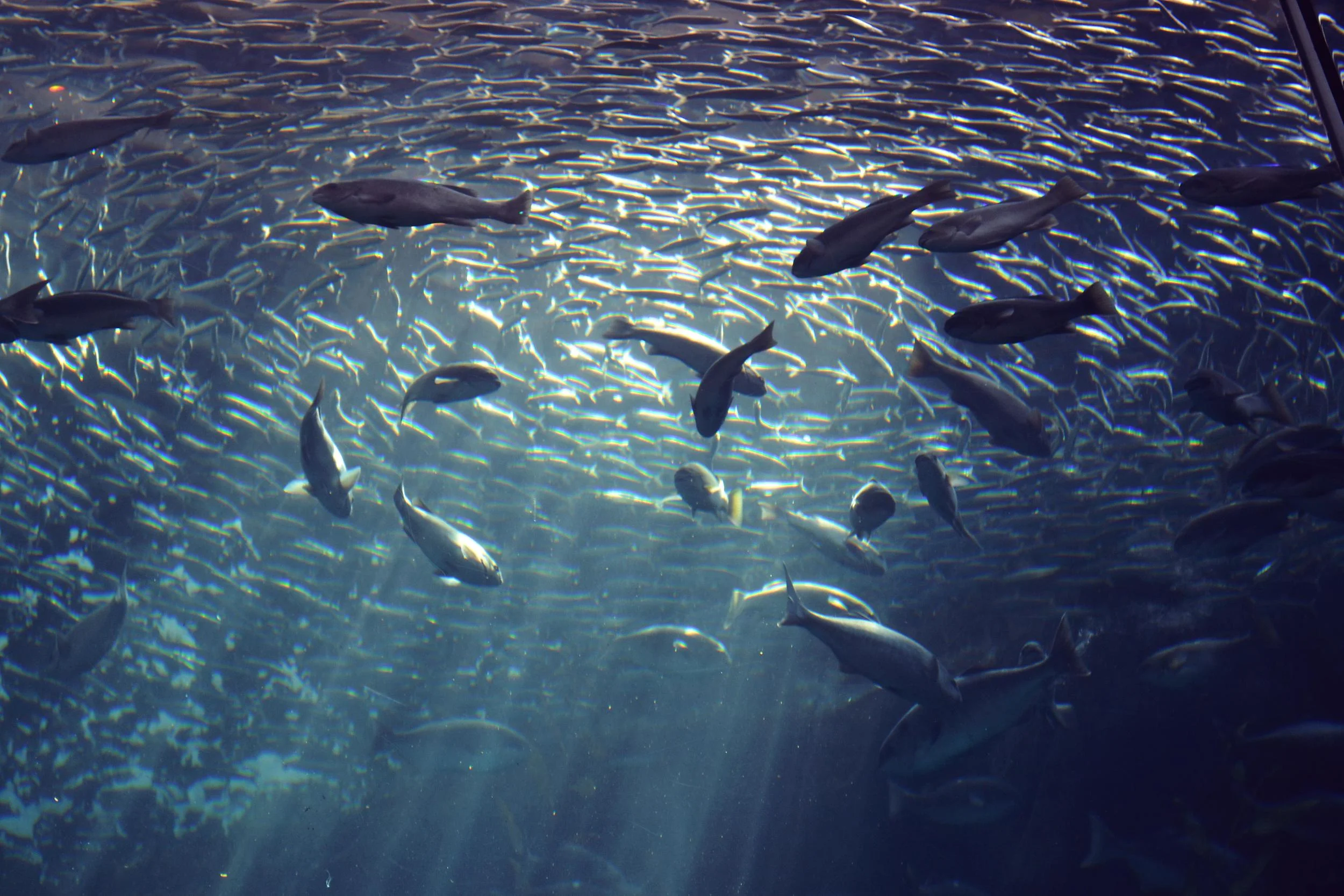There five main reasons to choose aquaponics as a means to produce food over conventional farming. These reasons include: reduced land requirements, not requiring fertile soil, reduced fresh water requirements, no runoff, and no harmful pesticides or herbicides.
Less Land
In 2014, it was estimated that 75% of the world’s forests have been cleared for human use, with much of it being used for farming. ¹ An aquaponic system can generate 6 times more produce per square foot than a conventional garden or farm, meaning less acreage can produce more food. ² Besides saving forests and natural lands, by requiring less acreage, it is easier for poor families to set up a “farm” to feed themselves without owning acres and acres of land.
No Soil
Fertile soil is a limited resource. A conventional farm needs to be created where the soil is already good and lots of money and effort is required to maintain the soil. Aquaponics on the other hand is done completely in water. Therefore, quality soil is not a factor. A system can be established anywhere from a sandy backyard, to a basement, or parking lot. It is even being used on rooftops in many urban communities.
Less Water
Despite being in water, aquaponics requires up to 90 % less water than conventional farms.² This is because the system is closed, therefore less water is lost due to soil drainage or evaporation. Aquaponics can be done in the desert or, with the addition of a green house, even in temperate climates.
No Runoff
A problem with conventional farming is the polluted runoff that is usually created. When it rains, the unutilized fertilizer washes into bodies of water creating algae blooms, which result in massive fish, coral, and aquatic plant die offs. Many coastal communities are experiencing these problems. Since aquaponics is a closed system, no runoff is created keeping natural bodies of water clean.
Pesticides and Herbicide Free
Additionally, conventional farming involves releasing large amounts of pesticides and herbicides into the environment, which can cause health problems to both people and wildlife. It is impossible to use harsh pesticides in aquaponics as it will kill the fish. This ensures that less harmful chemicals will end up in the food that is consumed.

